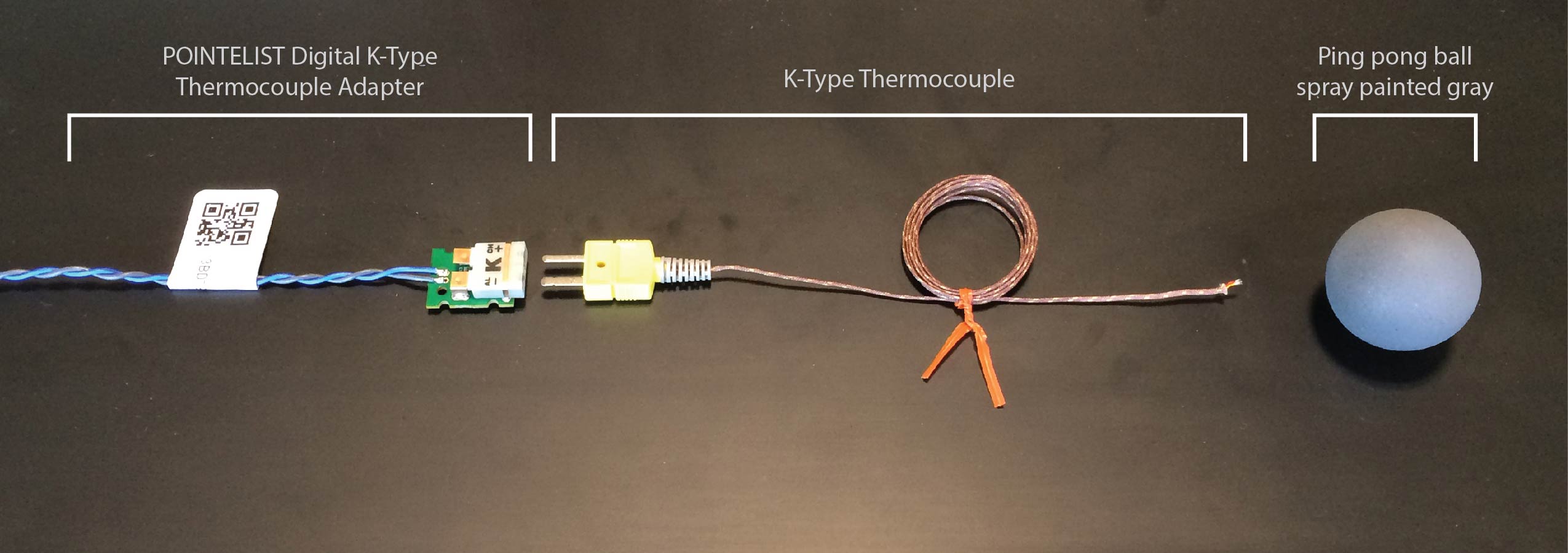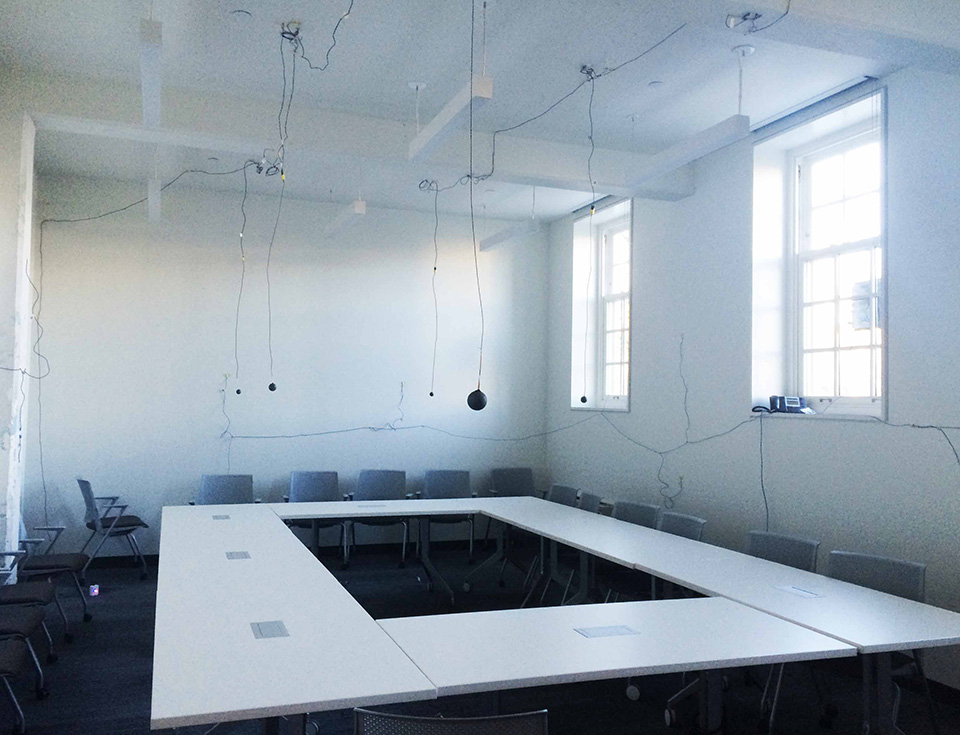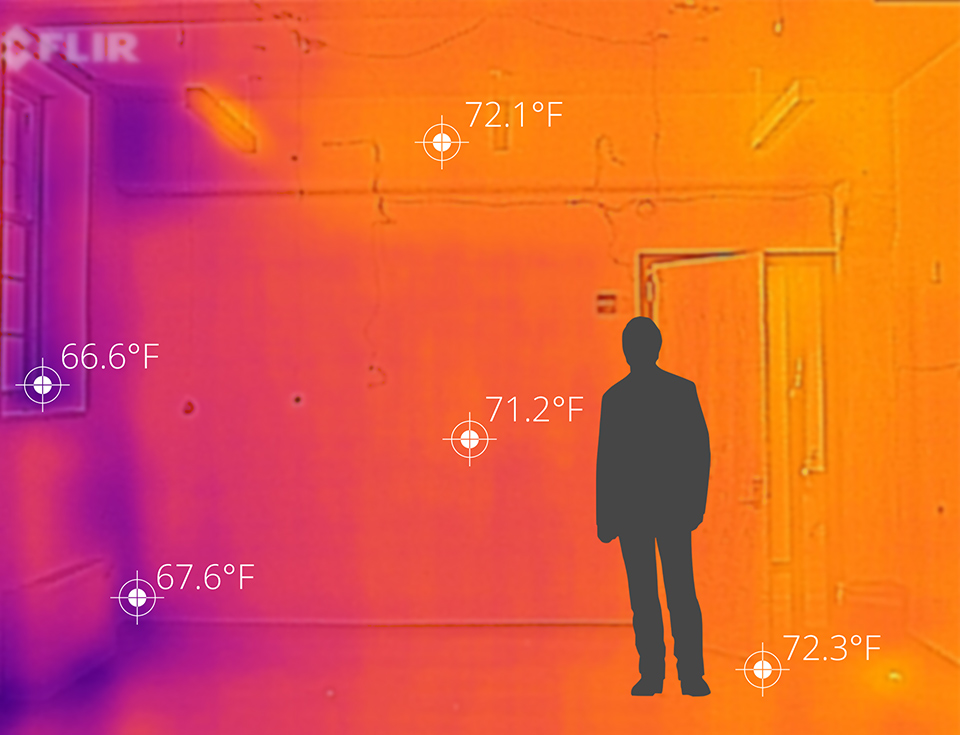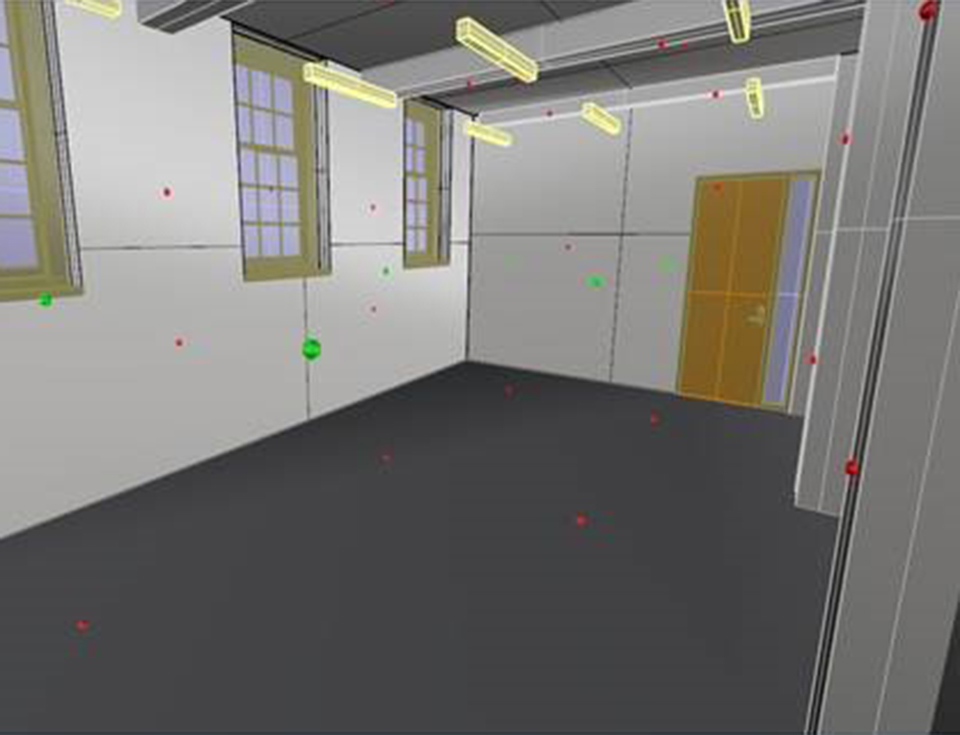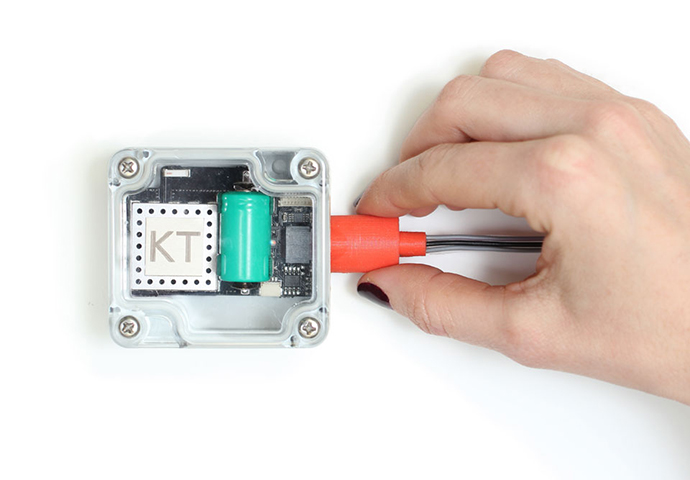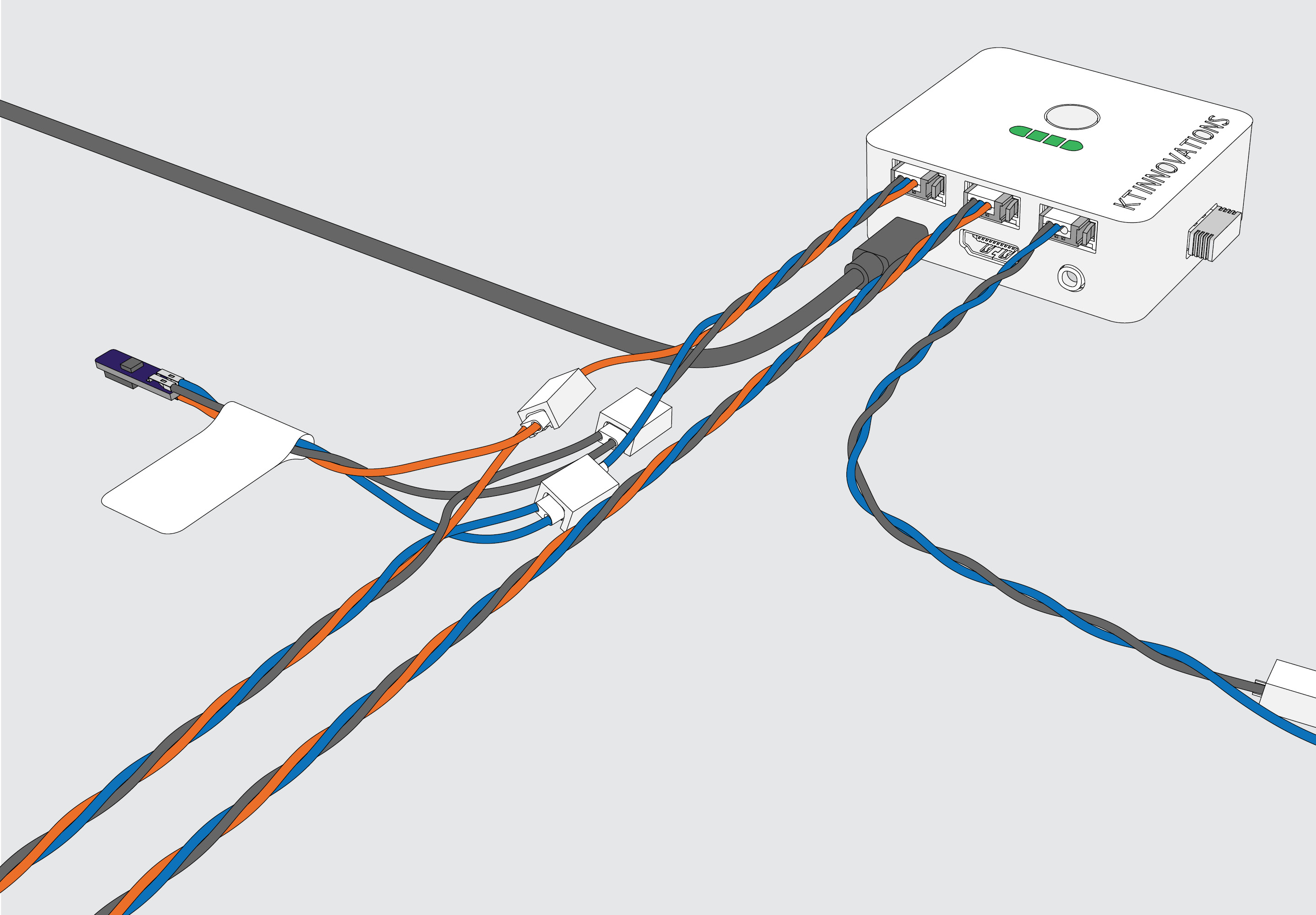KieranTimberlake Sponsors and Competes in AEC Hackathon
KieranTimberlake hackers used Pointelist™, the firm's custom wireless sensor network, as part of their winning experiment at the AEC Hackathon.
KieranTimberlake participated in this year's AEC (Architecture, Engineering, and Construction) Hackathon hosted at the Consortium for Building Energy Innovation (CBEI), a building designed by the firm in 2014. The event was attended by teams of students and professionals alike with the goal of connecting designers, developers, architects, and engineers with new technologies for the built environment.
Teams competed in a series of hacks designed to expand the ways that software and hardware can be used. KieranTimberlake sponsored a BIM sensor challenge, in which teams used real time data to influence building management and improve the design, comfort, and operation of a building.
In addition to sponsoring a hack, architects and researchers from KieranTimberlake participated in an Autodesk challenge to determine the best custom application for viewing data. For this challenge, the team examined how low-cost mean radiant temperature sensors compared to more indirect methods of measurement.
Mean radiant temperature, or MRT, is a measure of the average radiant heat that is exchanged between a human body and the surrounding surfaces. This value is important to designers and builders because it is one of the main measures of thermal comfort, along with air temperature, relative humidity, and air movement.
Using sensors from Pointelist™, a wireless sensor network developed by KieranTimberlake, the team was able to record surface temperature data from a variety of points within a room in order to calculate the mean radiant temperature.
The team used Pointelist sensors, thermocouples, and a ping pong ball to determine the MRT of a test room.
MRT is typically measured using a globe temperature sensor, an expensive piece of equipment that is only able to take spot measurements, rather than collecting data over time. As part of their hack, KieranTimberlake made a commonly used, inexpensive alternative to the standard commercial globe temperature sensor by inserting a thermoelectric temperature measuring device (also known as a thermocouple) into a ping pong ball sprayed with matte grey paint. This technique has been used in recent years at a variety of research institutions including MIT and UC Berkley to accurately represent the balance of radiant and convective heat transferred experienced by a human body.
43 Pointelist temperature sensors were then placed on various surfaces throughout of the room, and 6 MRT ping pong ball sensors installed in the occupancy zone.
The test room was set up with Pointelist sensors attached to various materials on each side of the room. Additionally, MRT sensors were hung from the ceiling to measure the space's occupancy zone.
The data from the sensors was pulled into a Grasshopper script by the Pointelist application in order to create a virtual map that shows the location of each sensor and surface in the room. This experiment allowed KieranTimberlake to gain a better understanding of how direct measurement techniques (represented by the ping pong ball sensors) and indirect measurement techniques (represented by the Pointelist surface sensors) compare, and also suggested avenues for further study on the consistency of MRT sensor assemblies.
Thermal imaging shows the range of temperatures in the test room at the AEC Hackathon.
KieranTimberlake's team used the thermal imaging data along with a map of the room and each sensor's location to determine the MRT of the space.
For their efforts, the team was awarded first place for "Best Remote Energy Visualization."
To read more about wireless sensor networks, click here.
References
Benton, C., Fred Bauman, and M. Fountain. "A field measurement system for the study of thermal comfort." ASHRAE Transactions 96.1 (1990). Print.
De Dear, Richard. "Ping-pong globe thermometers for mean radiant temperatures." American Society of Heating and Ventilating Engineers 60.681 (1987): 10-12. Print.
De Dear, Richard, and M. Fountain. "Field experiments on occupant comfort and office thermal environments in a hot-humid climate." ASHRAE Transactions 100.2 (1994). Print.
Humphreys, Michael. "The optimum diameter for a globe thermometer for use indoors." Annals of Occupational Hygiene 20.2 (1977): 135-140. Print.
Humphreys, Michael, Fergus Nicol, and Susan Roaf. Adaptive Thermal Comfort: Foundations and Analysis. New York: Routledge, 2016. 186.




